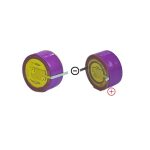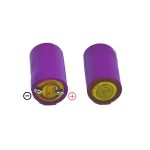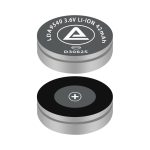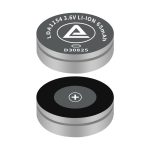Product Information
Introduction to Laser battery
August 15 2025 Editor Becky Wu
The Laser Battery Series rechargeable lithium-ion button batteries are independently developed by Lidean. They feature a long battery cycle life, enhanced sealing, and increased capacity compared to conventional batteries of the same specification and size.
Why does the Laser Battery have these features? Let’s take a look from multiple perspectives.
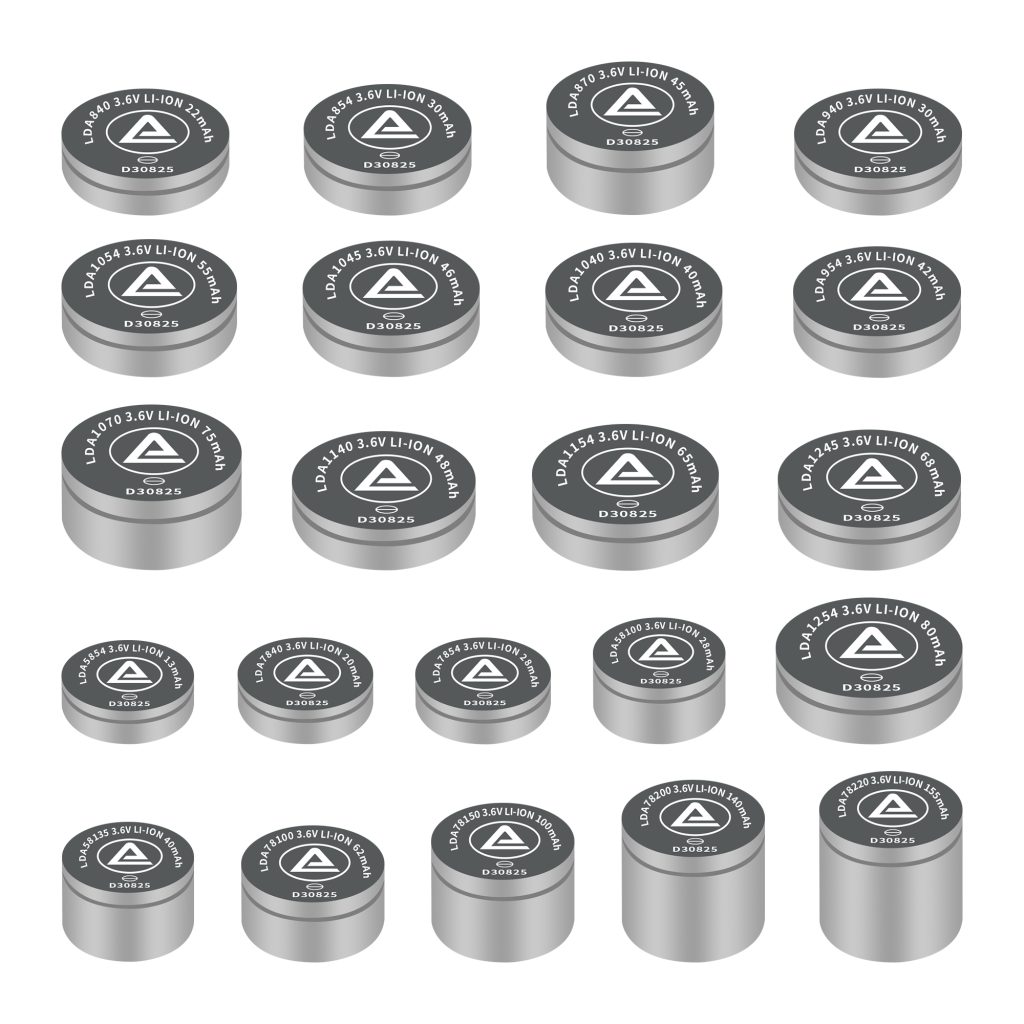
First, the sealing process for laser batteries is different. Laser batteries are sealed using laser sealing and laser welding to form a dense metallurgical bond layer. One of the core advantages of laser sealing technology is that it optimizes the utilization of space inside the battery.
Conventional batteries have mechanical curling edges, which typically require a certain amount of structural redundancy to be reserved at the edges of the battery casing to ensure reliable sealing. This space cannot be used to accommodate active materials.
Laser sealing uses high-precision fusion welding, eliminating the need for additional mechanical pressing structures and effectively freeing up this restricted internal space.Laser sealing uses high-precision fusion welding, eliminating the need for additional mechanical pressing structures and effectively freeing up this restricted internal space.
This improvement in space utilization efficiency, combined with the synergistic effect of the material system, ultimately means that laser-sealed batteries can store more electrical energy while maintaining the same external dimensions and volume.
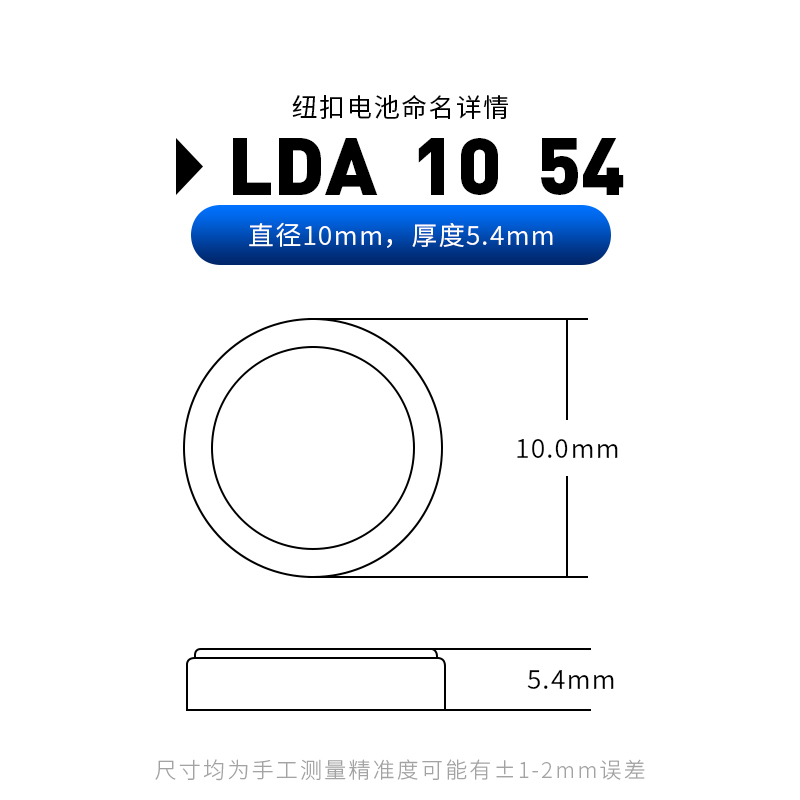
The cycle life of a battery mainly depends on the degree of active material loss and structural degradation during repeated charging and discharging The laser welding method effectively isolates oxygen and water vapor from the external environment from entering the battery interior.
By eliminating these external interference sources, the chemical environment inside the battery becomes more stable, slowing down the continuous consumption and deterioration of the electrolyte. Furthermore, optimization of the material system can also enhance the battery’s resistance to degradation to a certain extent.
Therefore, laser-sealed batteries have a higher capacity retention rate after undergoing multiple complete charge-discharge cycles, enabling them to support more cycles and thus offering a longer cycle life.
One major drawback of traditional batteries is leakage. However, the laser sealing technology used in laser batteries greatly reduces the occurrence of this problem. Eliminating electrolyte leakage not only ensures the long-term stability of the battery’s internal chemical composition and maintains the consistency of its electrochemical performance, but more importantly, it eliminates the risk of safety hazards that may arise from electrolyte leakage.
Therefore, laser sealing technology significantly improves the long-term operational reliability and safety of batteries in harsh application environments.
Therefore, laser-sealed batteries can play a greater role in applications such as implantable medical devices, industrial sensors, and automotive electronics. As such, products with longer battery cycle life, stronger sealing properties, and increased capacity compared to conventional batteries of the same specifications and size should be prioritized over conventional batteries.


